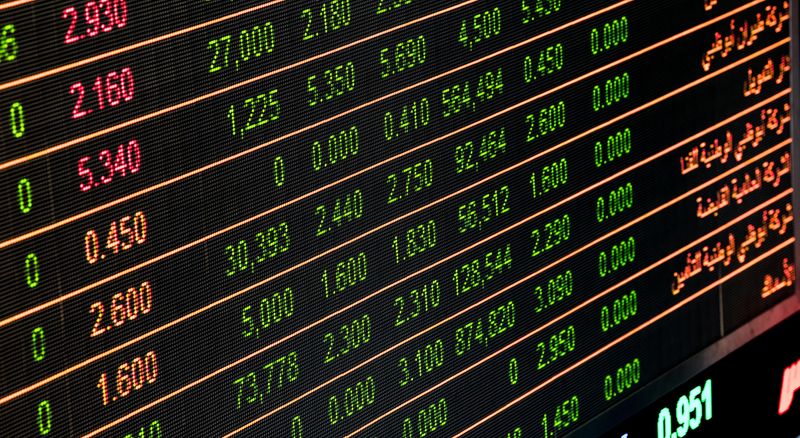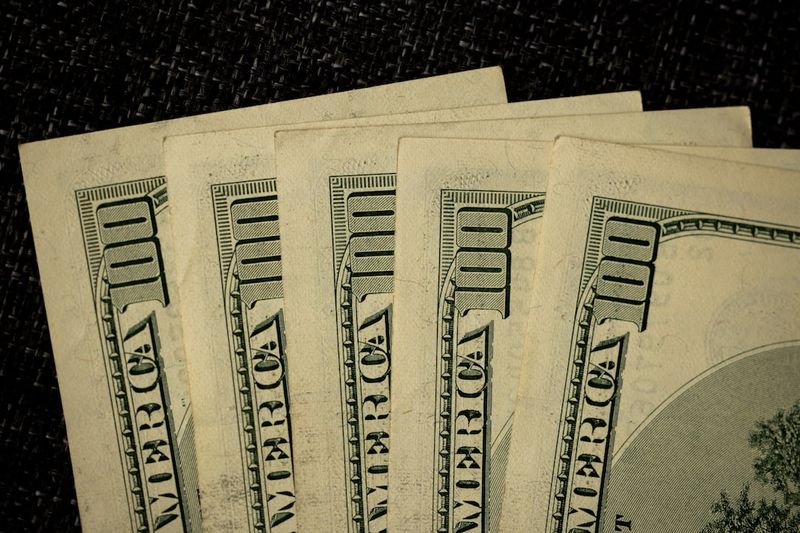What’s Behind RBA Boss Phil Lowe’s Growing Inflation Anxiety?
Risk of Overshooting Timeline Set for Inflation Targets
Reserve Bank Governor Philip Lowe is concerned that the central bank may overshoot the timeframe it has set itself to ensure inflation heads back to its target range of 2 to 3 per cent. However, instead of clamping down heavily on the economy to curb inflationary pressures, Lowe has opted for a more patient approach that would lead to inflation gliding lower. The RBA lifted its cash rate by a quarter percentage point to 4.1 per cent recently. This was the eleventh rise since May last year, as the bank seeks to achieve its inflation targets.
Risk of Persistently High Inflation
The RBA’s latest forecasts included in last month’s Statement on Monetary Policy state that consumer price inflation could fall back to 3 per cent by mid-2025. However, this approach risks inflationary pressures that could prove more stubborn and persistent than expected, severely delaying the return to target. The US’ experience with stubborn inflation despite aggressive monetary policy tightening is a concern for Lowe. The inflation experience in Australia is now appearing to closely mirror that of the US, heightening Lowe’s anxiety.
The Consumer Price Index and Labour Market Tightness
The latest list of worries for Lowe contains a combination of factors. The consumer price index unexpectedly leaped to 6.8% in April from 6.3% a month earlier. This highlights the risk of inflation being surprisingly rate-resistant. Simultaneously, Australia’s labour market remains tight, which means that there is a risk that wages growth could well be much more robust than expected. The pressure to ensure that lower-paid workers are compensated for the cost of higher prices adds to the risk. The wages increase in minimum award wages and public servants’ wages in NSW exceeds the predicted productivity performance. The lack of productivity growth and wage increases of over 4% put the RBA’s timetable for returning to target in extreme jeopardy.
Real Estate Market Recovery
The residential real estate market has now bottomed, and house prices are pushing higher, which will likely act as a spur to consumer spending, representing yet another potential obstacle to the RBA achieving its inflation target. It appears that rents are playing a key role in enticing real estate investors back to the market by the prospect of earning handsome rental returns. Renters also seem to have decided that they’re better off taking the plunge into home ownership, rather than remaining in the ultra-tight rental market.
Editorial and Advice
While Philip Lowe has opted for a patient approach to inflation reduction, the risks against a backdrop of stubborn inflation, tight labour markets, and growing house prices seem to be a cause for concern. While none of the factors outweighs the others on its own, the combination is detrimental to the RBA’s target in returning to lower inflation rates. The government must develop a comprehensive strategy to safeguard against rising inflation. Policymakers must step up their efforts to address the fundamental issues of productivity and wage growth, as well as finding solutions to tight labour markets and the real estate market’s recovery. The government must also take calculated risks by increasing taxes and decreasing subsidies that may contribute to inflation. However, the RBA can only do so much, and individuals must be prepared for higher interest rates in the short term to overcome the risk of persistently high inflation.

<< photo by Pixabay >>
You might want to read !
- Why RBA needs to take action to bring inflation under control: Philip Lowe’s warning
- Exploring the Ethics of On-Set Romances: Actor’s Sex Life with Co-Star Disclosed in Shocking Revelation.
- “The Dark Side of Hollywood: Actor’s Sexual Proposition to Elliot Page”
- Behind RBA Governor Philip Lowe’s Decision on Interest Rates: An Editorial Analysis
- “The RBA’s Urgent Need to Address Inflation: Philip Lowe’s Warning”




